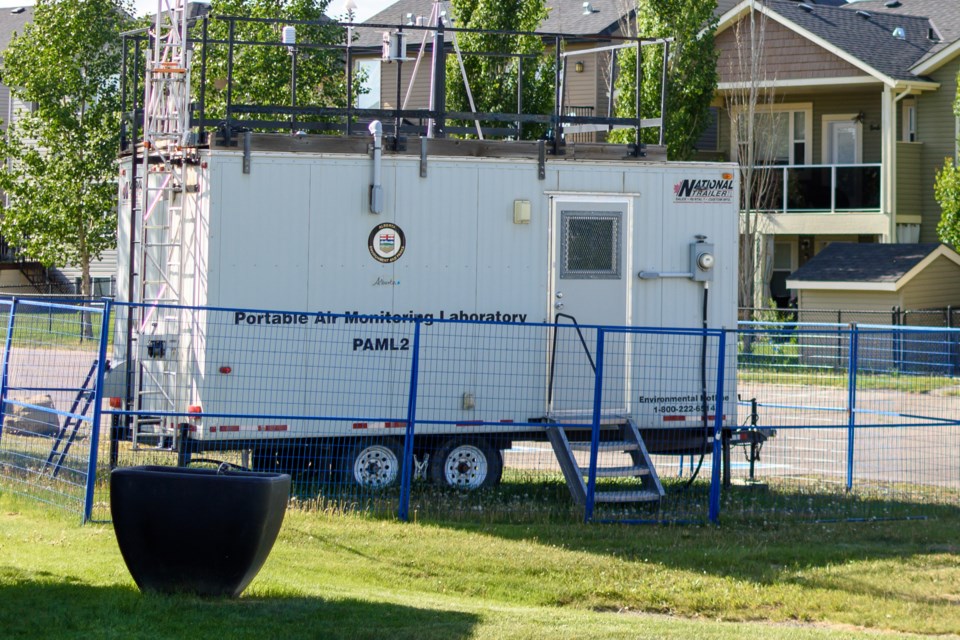Dear Editor,
As a local citizen that has been repeatedly impacted by the feedlot five kilometres west of my home with its odours over the past three years, I recently came across an article that appeared in The Globe and Mail in 2000. Here we are 24 years later and nothing has changed.
I find it concerning that nothing is being done in regard to human health impacts of feedlot odours. When is this issue going to be taken seriously and rectified?
The article stated that a new public health report strongly criticized the Alberta Government for omitting key facts and downplaying health risks in a study of air pollution in Feedlot Alley, the area near Lethbridge that is home to Canada's largest concentration of livestock.
The report found that residents of Feedlot Alley breathe some of the worst air in the province.
In June of 2000, Alberta Environment released the results of a year-long air monitoring study on livestock operations in Feedlot Alley, concluding that "odours are well below levels that may affect public health."
Data showed that Feedlot Alley has the province's highest levels of ammonia, hydrogen sulphide and dust particles.
Particulate matter, a fine dust can cause respiratory problems and even death, was higher than that of most cities and regularly exceeds provincial guidelines. Hydrogen sulphide, a highly toxic gas, is another byproduct of manure.
"I am very concerned," Dr. Paul Hasselback said in the article. "We don't know a lot about low-dose chronic exposure to ammonia and hydrogen sulphide, but we do know that exposure to particulates results in respiratory disease and mortality."
Hasselback said high levels of pollutants that were found in the area warranted further investigation and said the health of families, feedlot operators and workers may be negatively affected by air pollutants in the region.
A federal study published in April of 2000 found that ammonia and dust levels around feedlots of 10,000 or 25,000 head of cattle often exceeded provincial guidelines, clearly creating "a nuisance odour problem."
And here we are 24 years later still faced with so-called "nuisance odours" which are known to cause health impacts both mentally and physically.
I have always brought up the question: “What about the long-term health implications?" I haven’t got a response from anyone, because no one knows. Not enough scientists and medical physicians have looked into the matter, it's being ignored.
I continue to contact and file a complaint with NRCB as it’s been monitoring the air quality in the area for some two years. We are told by NRCB that all levels are "within the guidelines." I have contacted AB Environmental Health and it refers me to NRCB. It's like being on a hamster wheel.
Perhaps it's time these air quality guidelines were updated in Alberta and Canada. How many more years will this health issue continually be swept under the rug?
Carrie Derish
High River




